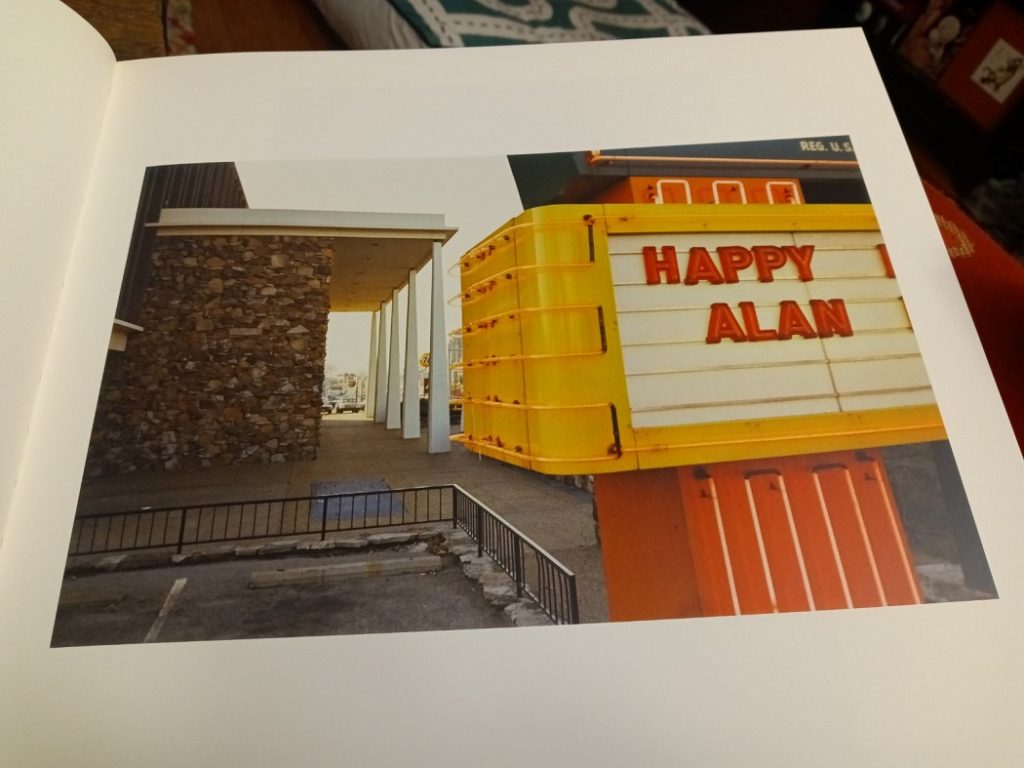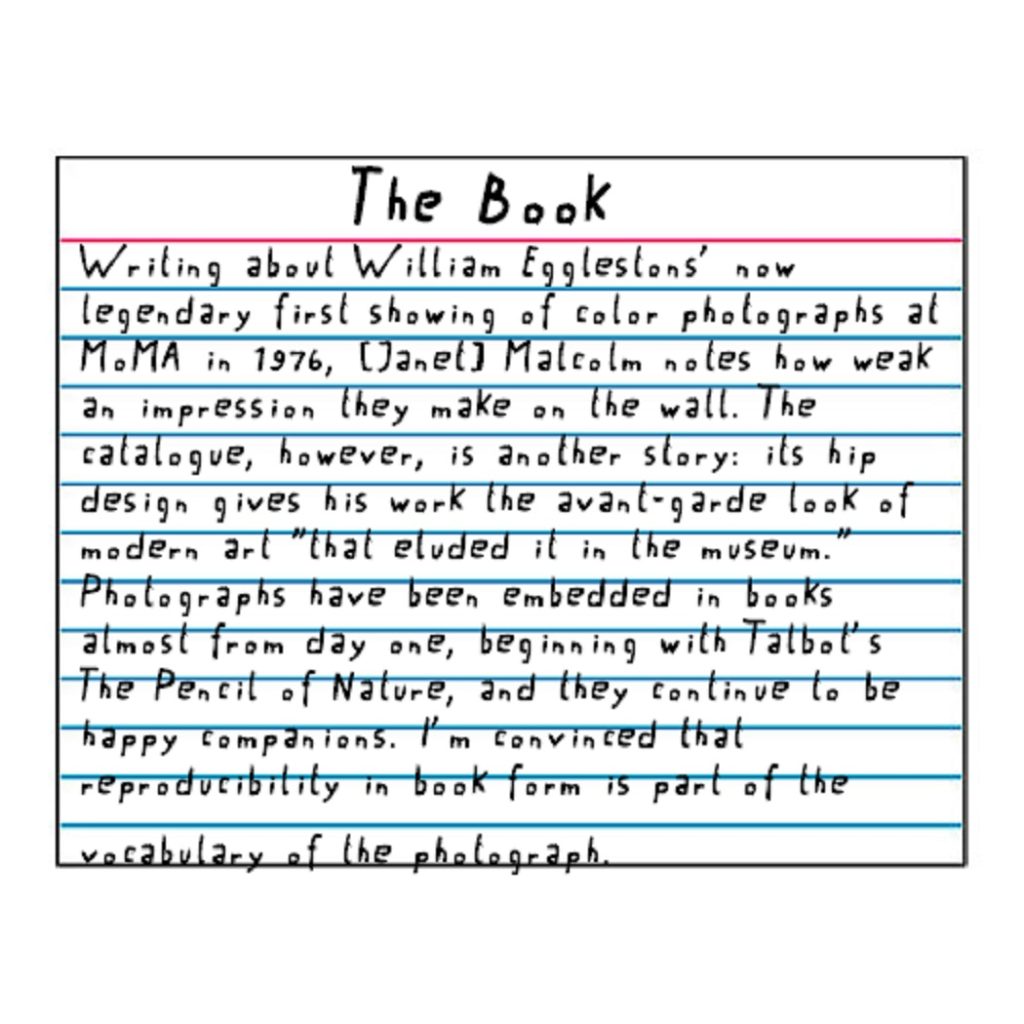– David Richardson Review of Moyra Davey: Index Cards Brooklyn Rail September 2020.
I rehearse “lost and found” almost daily. Sometimes it’s an actual object but it can be a line or two I’ve read and only dimly recall. I rack my brain, flipping through books, magazines, newspapers trying to retrace my steps.
– Moyra Davey: Index Cards, p. 7.

Moments in which Novelist does something like searching interminably at every hook and hanger in the apartment for his shirt – only at the point of utter bewilderment realizing that he is wearing it.
– David Markson The Last Novel, p. 81.
Published in 2007, The Last Novel appeared at a time of web browsers and social networks. Consistent with the times, Markson created a persona for himself, an aging impoverished “Novelist” who will write “what he damned well pleases” in “his own personal genre.” Formally, this post-print era anti-novel will be, he says: “Nonlinear. Discontinuous. Collage-like. An assemblage.” A decade after the World Wide Web went live on Tim Berners Lee’s desktop, the first generation of born digital writing had emerged and can be said to have followed Novelist’s self description. Not that Markson (1927-2010) would have read any hypertexts or done more than glanced at a screen. Though I did once hear about it, when his photo taken with me and Scott Rettberg, contributor to the hypertext assemblage, The Unknown, found its way online: “Please, get it off there,” he wrote to me, in one of maybe a hundred pre-stamped 3” x 5” postcards that I had from him which kept always in his shirt pocket, with his plain note cards. They served Markson all his writing life as email was starting to do for the rest of us. The anticipations of online writing are clear enough, even if Markson was positioning definitively at the end of an era, looking back: “I do not see why exposition and description are a necessary part of a novel. Said Ivy Compton-Burnett. … I am quite content to go down to posterity as a scissors and paste man. Said Joyce.”
– Joseph Tabbi in ‘David Markson and Solitude’, The Schofield 1.1, p. 13.

Author has been scribbling the notes on these three-by-five index cards. They now come close to filling two shoebox tops taped together end to end.
– David Markson: Vanishing Point, p.1
LB: “I write these notes not even I can decipher. It is only in the moment of writing that they have meaning.”
– Moyra Davey: Index Cards, p. 16
Patience, and shuffle the cards.
– David Markson: Reader’s Block, p. 49

I use index cards. I store them in the tops of a couple of shoes boxes. If I made a stack of them, they’d probably be about two feet tall. I’m constantly shuffling. This goes on for a couple of years. I might have a few quotations about Joyce, and I figure out which one goes where. I try to make sure I don’t overbalance. I know in the end that there’s going to be more literature, but I try to make sure I have as much about art and music, too. There’s always a certain amount of the classics and philosophy. With the historical stuff, it just depends upon its significance or
– David Markson quoted by Tyler Malone in ‘Markson and Solitude’ The Schofield 1.1, p. 79
irony. Then, somewhere along the line, I make notes about Author or whoever it is and figure out where they go
Finally, there is a more concrete (or literal instead of literary) way of reading the block of Reader’s block. The block can be interpreted as an actual pile of paper sheets or, more precisely, index cards. The novel is being prepared in the form of notes written on separate file cards, and they are then shuffled or arranged in a certain order. What we encounter in Reader’s block is the order of those cards printed in the novel’s pages. Reader’s (that is, the author figure’s) block of cards is Reader’s block the novel. Markson did work on his last four novels by “scribbling the notes on three-by-five-inch index cards” which he collected in “shoebox tops” and which he later put “into manuscript form” (KCKW Bookworm Interview: David Markson).
– Mikko Keskinen ‘Blocks to, and building blocks of, narrativity : fragments, anecdotes, and narrative
lines in David Markson’s Reader’s block’ Frontiers of Narrative Studies, 3(2), 224-237; p. 235
Writer’s Block has a legitimacy
– Moyra Davey Index Cards, p. 26

